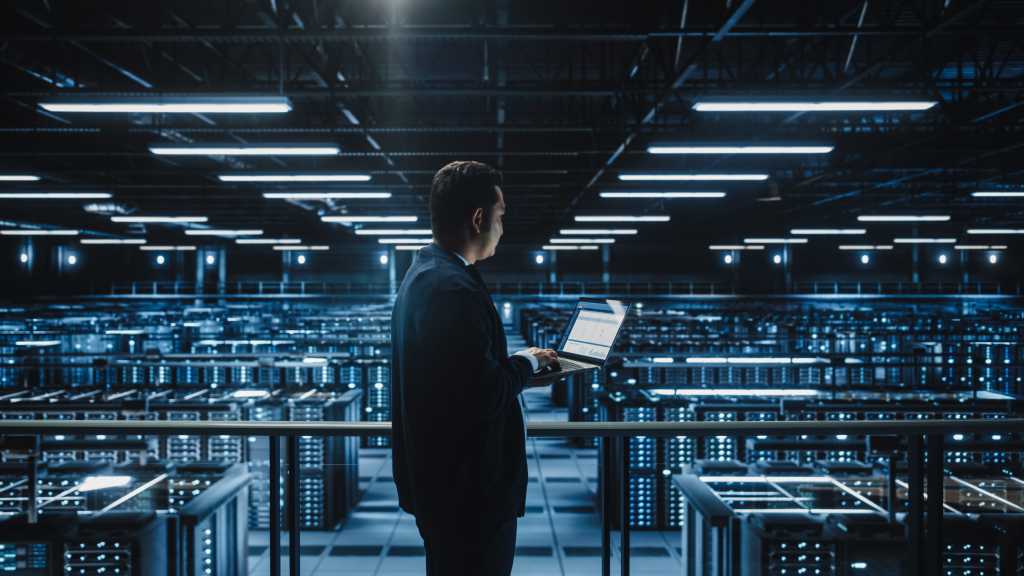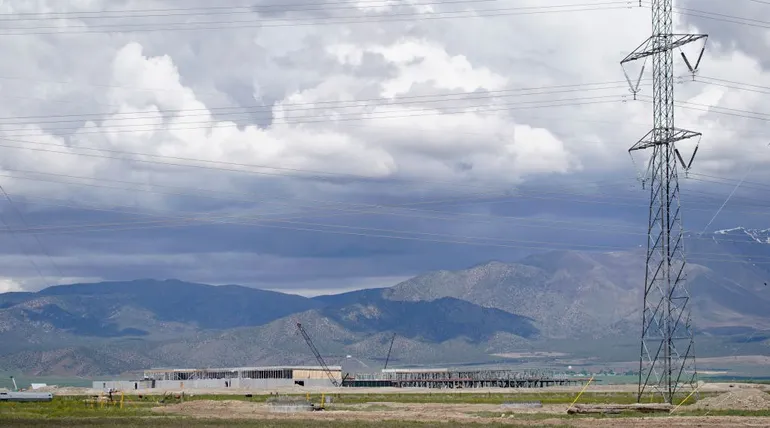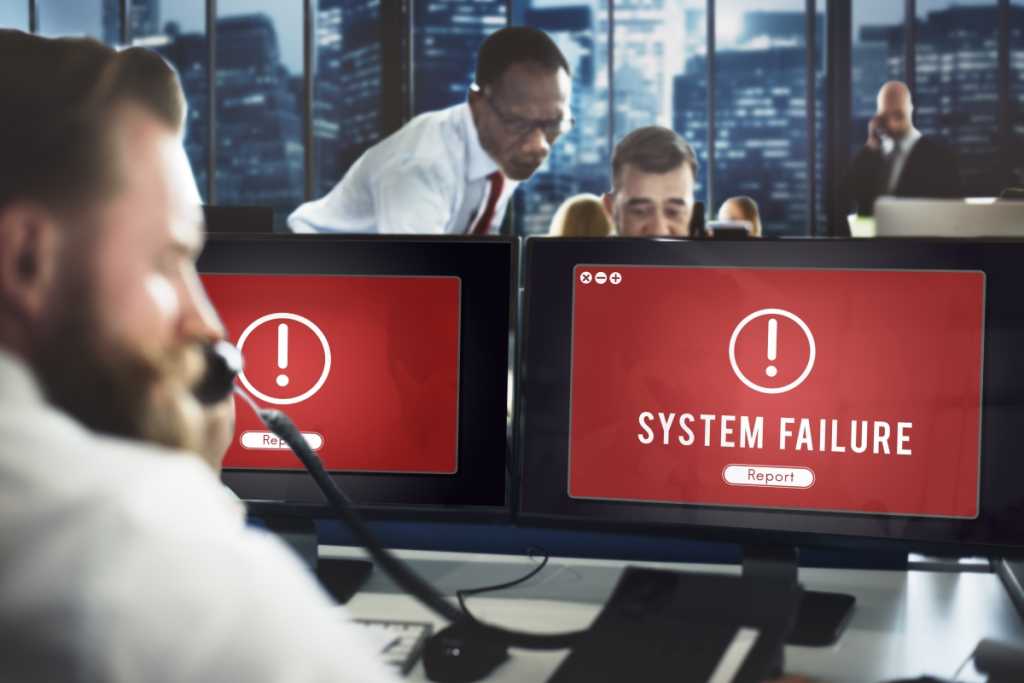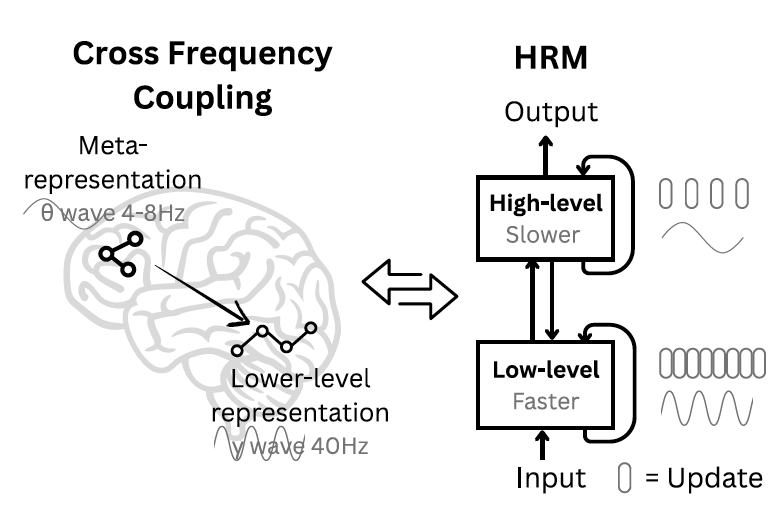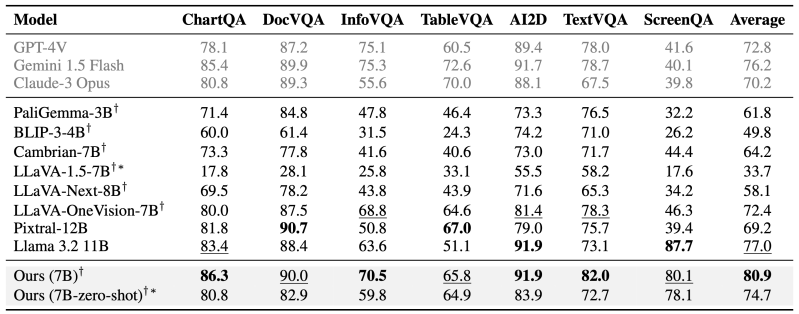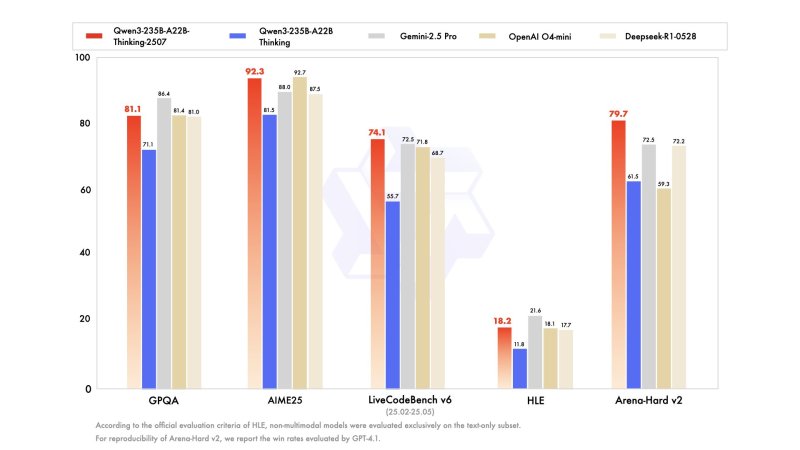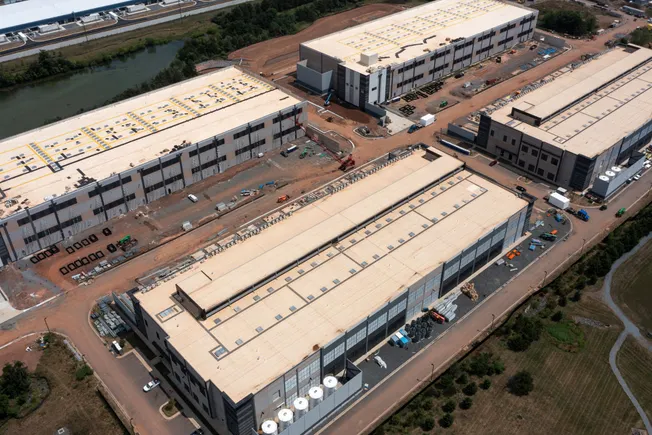
AI data centers in the United States could consume 33.8 gigawatts of power by 2030, or about 3% of the country’s generating capacity, Schneider Electric said earlier this year. Some AI power demand projections are even more aggressive, like a 2024 RAND Corporation forecast cited by Schneider that sees 130 GW of data center demand in 2030.
With data center projects worth at least $64 billion delayed or blocked by local opposition and state policymakers and regulators placing restrictions on development, a backlash appears to be brewing.
Data center opponents cite a litany of concerns, from noise to water pollution, but some of the most frequently cited center on the local impacts of onsite power generation and broader effects on the electric grid. Earlier this month, Elon Musk’s xAI overcame local opposition to secure an air permit for a fleet of gas generators at its AI training center in Memphis, Tenn.
Texas lawmakers recently passed a law requiring new data centers to disconnect from the grid during periods of high power demand. Several states have implemented or are considering special utility tariffs requiring data center companies to cover the costs of grid upgrades they benefit from. North Carolina utility regulators plan a technical conference in October on data centers’ potential impacts on power reliability.
Data centers’ appetite for power and the growing recognition that unchecked growth would be a problem for the grid could cause short-term growing pains for the industry, said Kelcy Pegler, CEO of FlexGen, a battery management software company.
“From a societal perspective, we are underestimating the impact that data centers will have on the grid,” Pegler said in an interview. “We’re going to have a break-in period where data center ambitions will have trouble coming to fruition.”
Earlier this year, FlexGen partnered with electrical contractor Rosendin to develop and deploy a battery-based solution to help AI data centers operate more reliably with fewer impacts on nearby utility customers and the grid as a whole. Their solution could also lower data centers’ enormous power costs — which can reach 60% of operating expenses — while reducing fossil-fuel generator use, Pegler said.
Better power management with fewer grid impacts
FlexGen and Rosendin teamed up to keep AI data center operators ahead of an expected exponential increase in newer facilities’ power density that outstrips the capabilities of traditional uninterruptible power supply systems.
UPS systems integrate directly with individual server racks and respond near-instantaneously to power interruptions, protecting sensitive chips and networking equipment from damage. But the latest NVIDIA chips consume far more power than previous generations despite significant efficiency improvements, necessitating more powerful battery backup systems at the building or campus level, Pegler said.
“No one saw this coming because no one knew how [powerful] the new chip would be,” he said.
That touched off a scramble among data center developers to find solutions for facilities in development today. Those facilities already look different than their predecessors because the latest chips generally need some form of liquid cooling, which rejects heat more effectively than forced air.
The FlexGen-Rosendin offering is “a smarter, leaner, and more responsive approach to data center energy design that doesn’t require any redesigns inside the walls of the data center,” FlexGen Chief Innovation Officer Pasi Taimela said last month.
The partnership combines Rosendin’s utility-scale “BESSUPS” battery backup system with FlexGen technology that allows data centers to transition smoothly between grid-connected and “island” modes, the companies say. Pegler said the solution is a key reliability backstop for data centers as real-time demand for AI inference rises in critical industries.
Today, “ChatGPT is willing to say, ‘Sorry, I can’t help you right now,’ but you can imagine a lot of future use cases” — like time-sensitive healthcare functions — “where ‘I can’t help you right now’ is not an option,” he said.
Flexible BESSUPS systems also position data centers to support rather than burden the grid with their at-times overwhelming demand for power, FlexGen and Rosendin say. During periods of high stress on the grid, such as hot summer evenings, facilities can run off their own batteries. Or, if they can afford to ramp down some computing processes, they can temporarily transform into power plants and dispatch the energy stored in those batteries to the grid.
And even in non-emergency situations, data centers’ power demand can change rapidly in a matter of minutes, causing voltage fluctuations that can damage the sensitive computing systems onsite and unrelated commercial and consumer equipment nearby. A Wood Mackenzie analysis last month saw power consumption at one hyperscale data center drop by 30% in five minutes after spiking nearly as fast, for example.
Data centers’ BESSUPS systems can smooth out these sometimes “violent” voltage variations and protect sensitive equipment, like utility-scale battery systems do on the main grid, Pegler said.
Bridging the grid connection gap
FlexGen and Rosendin are teaming up to provide one option in a broad set of complementary onsite power solutions for data centers facing grid constraints, experts say. Other options include onsite gas generators, batteries and solar panels — or some combination thereof — as “bridging” the potentially five- to seven-year gap between interconnection request and final approval for a 1-GW hyperscale data campus, says Jim Grice, chair of the data centers and digital infrastructure practice at the law firm Akerman.
The buildout of a hyperscale data campus doesn’t happen all at once, Grice said in an interview. A typical hyperscale campus might start at 100 to 200 megawatts and then scale to 1 GW over time, he said, ideally after the grid connection comes through. At that point, the “bridge” power infrastructure can transition into a backup role and — like FlexGen and Rosendin envision — potentially act as a self-contained microgrid when grid demand peaks.
But while the “bridge” doesn’t have to power the entire site at full buildout, it does have to be as resilient as a grid connection plus onsite backup power and not cost multiple times more, Grice said.
“You basically have to overprovision your power capacity, and that is going to have an impact on pricing,” he said. “It’s like 3-D chess.”
The need for redundancy has some developers racing to acquire and stockpile gas-fired generators, but order queues even for smaller generators — and not just the larger turbines booked out to the end of the decade — now stretch out for years in some cases, Grice said. Developers able to source gas generators sooner, like the group behind a $10 billion Pennsylvania power project that aims to begin operating next year, have openly touted their plans.
Keeping sustainability goals within reach
For rural data center campuses with fewer space constraints, onsite renewable energy may offer faster “time to power” than gas, Grice said. Google announced last year that it would locate data centers near and buy power from up to $20 billion of sustainably powered “energy parks” developed by Intersect Power, the first of which could come online next year. The catch is that onsite renewables require more space than gas generators — about six to eight acres per megawatt of solar capacity, Grice said.
Despite that, and despite policy headwinds for renewable energy at the federal level, most data center companies prefer clean power if at all possible, Grice said.
“All things being equal, if there’s a site available with solar plus batteries and grid backup, [a data center would] select that over connecting to a grid powered mostly by coal,” Grice said. “We’re seeing all sorts of [data center] development strategies with large-scale renewables — that is very much a market trend that’s happening.”
That may be why some data center companies are bullish on novel energy storage technologies that could satisfy their high uptime requirements while further reducing reliance on fossil-fueled power from onsite generators or the power grid itself.
Prometheus Hyperscale announced in May that it would add organic flow batteries from XL Batteries in phases at a Wyoming data center. First up is a small pilot project, set for 2027, to validate the technology’s capabilities. If the pilot goes well, two systems capable of discharging 12.5 MW per hour for 10 hours would follow in 2028 and 2029, the companies say.
Unlike today’s dominant lithium-ion chemistry, organic flow batteries’ active materials are non-toxic, non-flammable and non-corrosive, making them safer to place near multi-billion-dollar data centers. (Prometheus will also bury its batteries so they perform better in the harsh Wyoming climate, senior energy advisor Adam Mirick said in an interview.)
Additionally, flow batteries can more economically sustain maximum discharge rates over longer periods of time than lithium-ion batteries. That means they can more reliably power data centers with stored energy from the wind, sun and other low-emissions sources — including, potentially, the small nuclear reactors Prometheus and some other data center companies hope to power their facilities in the future.
“If this does work, and we think it will, that gives us a line of sight to acquire and begin to incorporate [flow batteries] into future data centers,” Mirick said.


